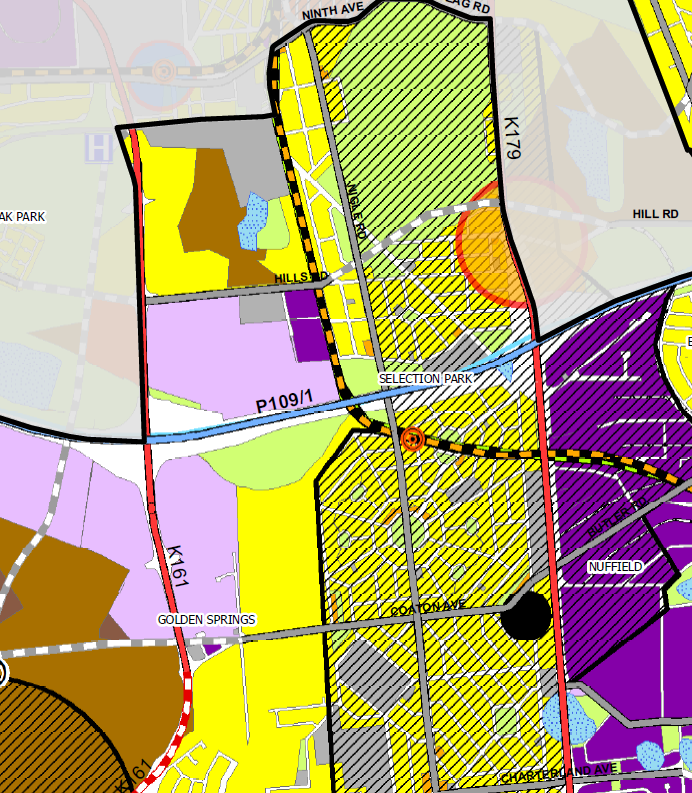Spatial Development Framework (SDF) plays a pivotal role in interpreting the long-term visions and plans of the municipality to ensure orderly development of the City. However, there are cases when the land development proposals are in conflict with the ruling SDF provisions. As a practicing town planner, how do you professionally handle the competing interests of spatial planning and that of the landowner/developer?
Section 22 of the Spatial Planning and Land Use Management Act, 16 of 2013 (SPLUMA) provides an opportunity for a planning authority to consider land development applications that deviate from the provisions of the SDF, subject to “site-specific circumstances” that justify departure from the provisions of the SDF. Thus, the onus is on the applicant, not the municipality, to prove beyond any reasonable doubt that there are site-specific circumstances that will justify departure from the SDF.
In 2024, I had an exciting and challenging opportunity to represent and respond to the negative comments from the Metropolitan Spatial Planning Division (MSPD) of the City of Ekurhuleni Metropolitan Municipality (CoEMM). On receipt of the negative comments from the MSPD, the appointed town planner decided not to be involved further with the application, as the probability of getting a positive decision from MSPD was very limited. It was a very high-risk application that could potentially make or break one’s credibility as a town planner. Did I take over the project? Surprisingly, I did, with a pounding heart. Was the project a success? Yes, but with a lot of challenges. As I look back, herewith below is a summary of key steps to adequately respond and present a watertight case to the planning authority. The steps below are not prescriptive and just a guideline for fellow practicing town planners who may be presented with a similar opportunity to use their expertise towards responsive urban planning.
Pointers for preparing motivation for departure from provisions of the SDF:
- Properly peruse the relevant frameworks, policies, plans, and guidelines of the City. Ascertain how and to what extent the proposed development departs from the relevant provisions of the SDF;
- If required, schedule pre-consultation meetings with the relevant officials to understand their department’s expectations and requirements;
- Conduct site inspection and land use analysis;
- Properly apply your mind and align your motivation with the City’s spatial visions and objectives;
- Present and analyse the site characteristics (surrounding land uses, accessibility, parking provision, impact on engineering services etc);
- Properly present and analyse the site-specific circumstances and align the same with the relevant development guidelines of the City. Examples of the site-specific circumstances include:
- Compatibility of the proposed development with the surrounding land uses;
- How does the proposed development align with the urban planning principles and strategies: densification, mixed uses, nodal/corridor development?
- Will the proposed development contribute to negative externalities, and how will these be mitigated?
- Will the proposed development set a negative precedence in the surrounding area?
N.B. Remember, focusing on downplaying the significance of the SDF and its provisions will be tantamount to shooting yourself in the foot.
Below, is the link to a typical motivation/formal response letter: deviation from the provisions of the SDF:

